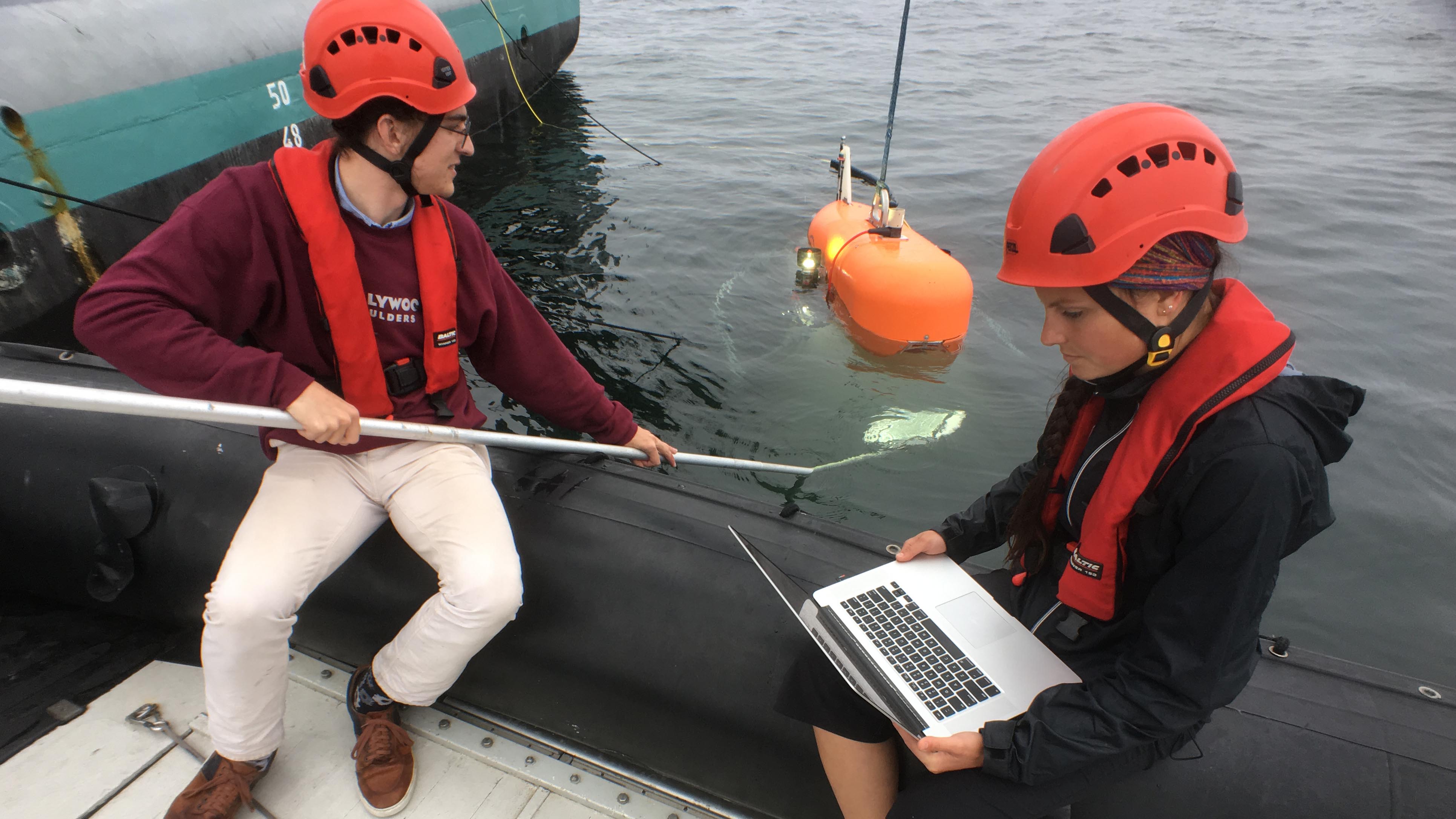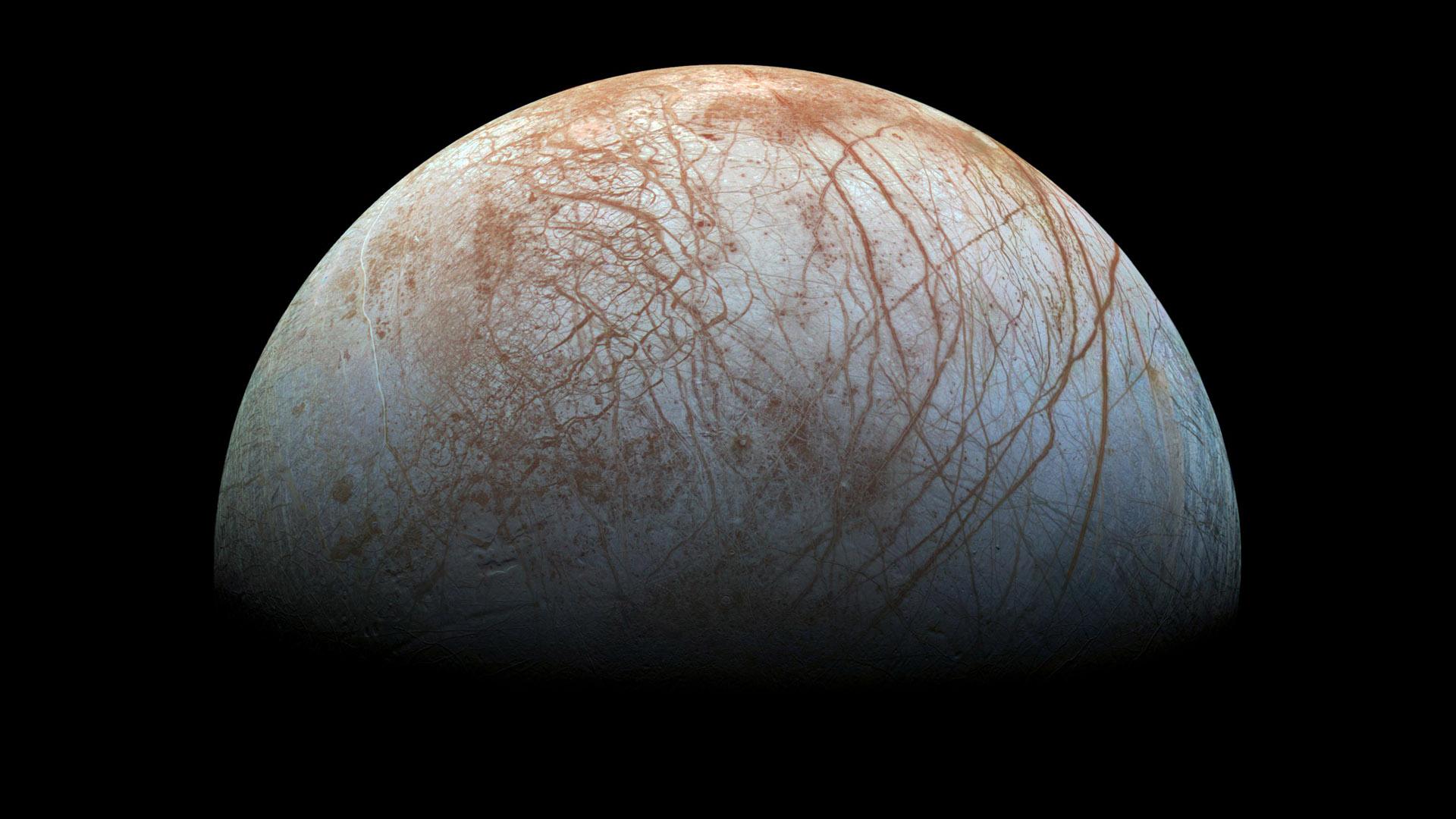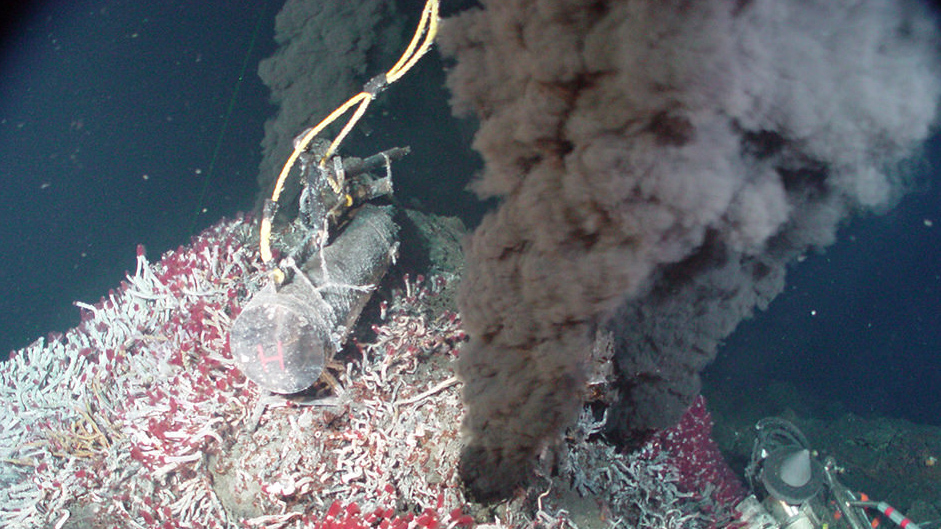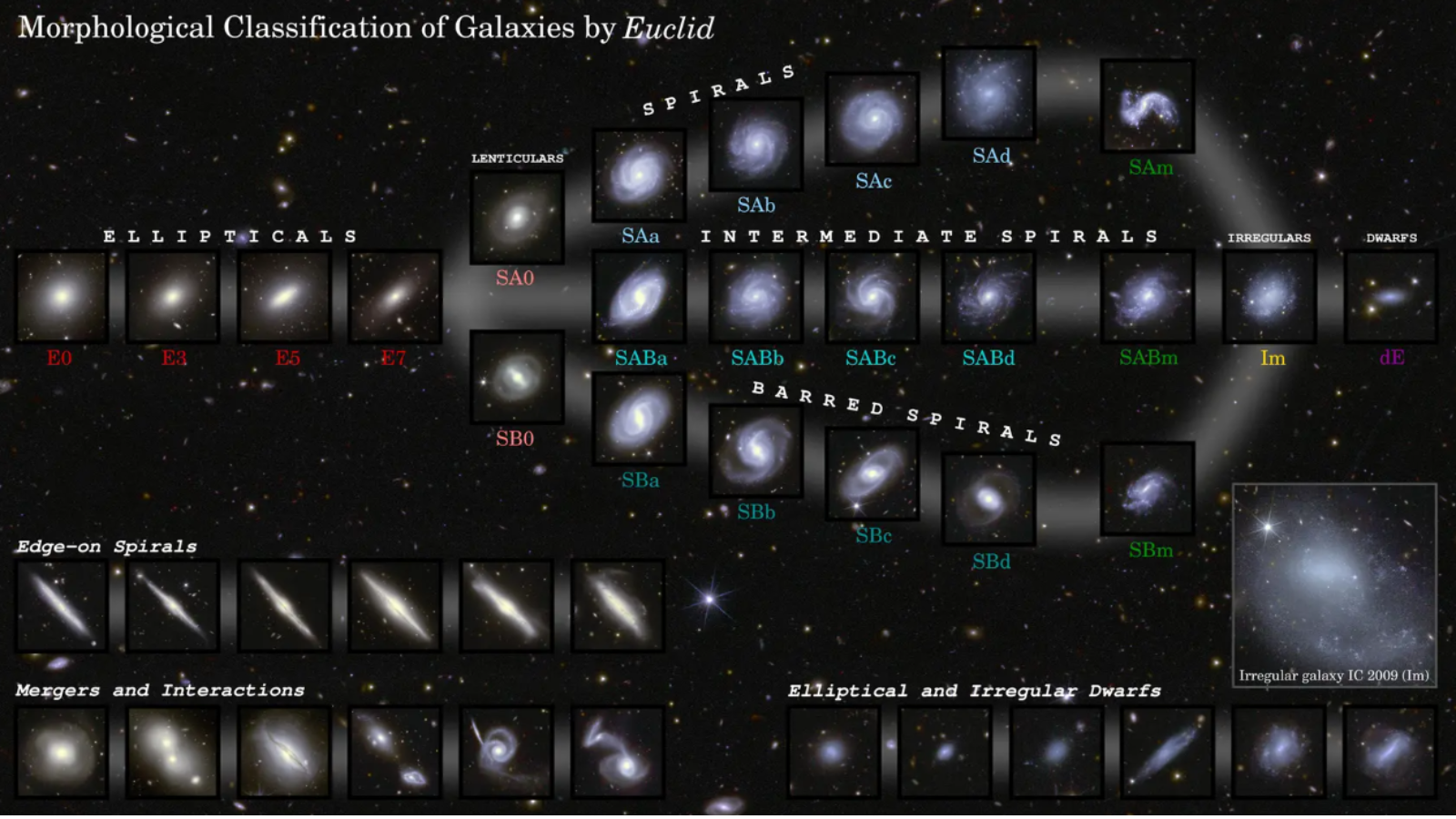NASA partners with deep-ocean explorers to develop tech for Europa mission
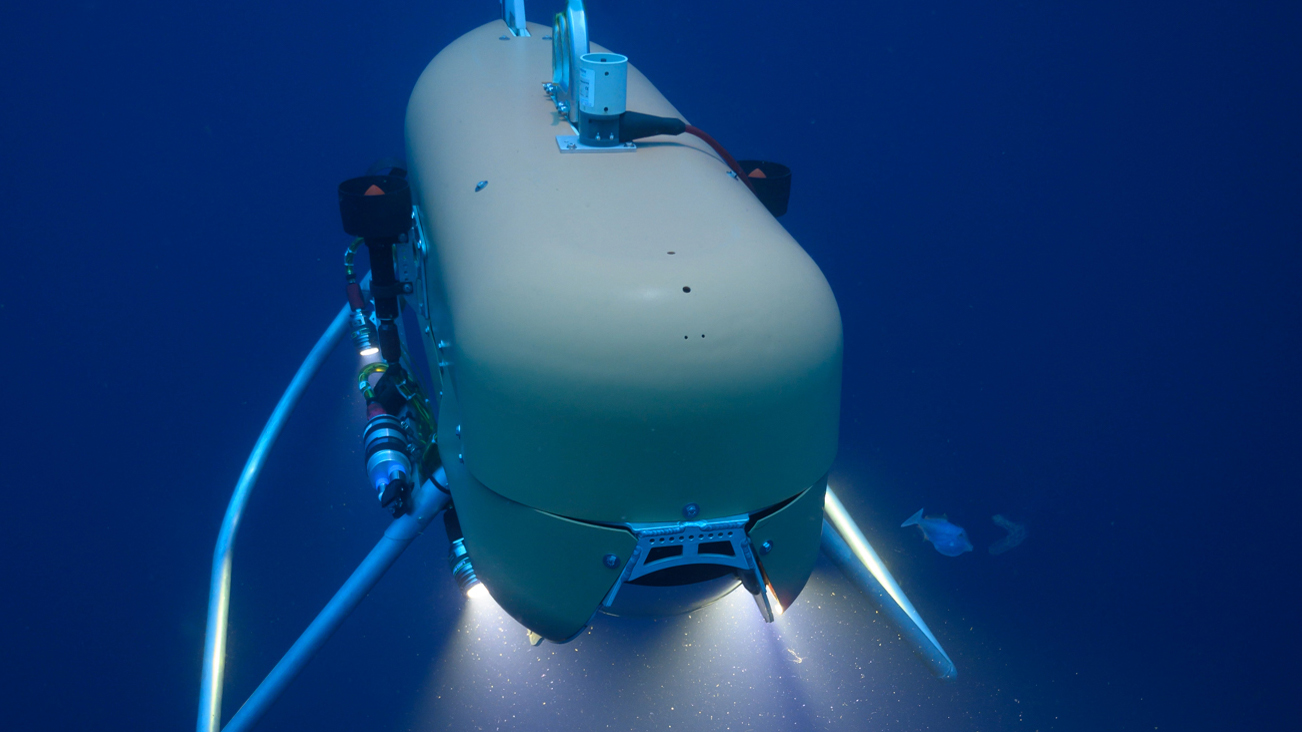
A new deep-sea exploration technology that could one day search for life in subsurface oceans on the moons of Jupiter and Saturn will be put to test during a two-week demonstration expedition aboard a National Oceanic and Atmospheric Administration (NOAA) ship.
The new underwater vehicle, called Orpheus, relies on autonomous navigation software developed by NASA's Jet Propulsion Laboratory (JPL) in California for the Mars Perseverance rover and the Ingenuity helicopter. The primary task for the mini-submarine, which was built by the Woods Hole Oceanographic Institution (WHOI) in Massachusetts, will be to advance humanity's understanding of the deepest regions of the oceans, the so-called hadal zone.
With trenches and troughs as deep as 20,000 to 36,000 feet (6,000 to 11,000 meters), the hadal zone presents similar challenges to those experienced by exploration vehicles on other planets, Russel Smith, a roboticist at JPL, said during an online news conference on May 5.
Related: Undersea Robot Crawls Beneath Antarctic Ice in Test for Icy Moons
Lessons from Perseverance
"There are quite a few similarities between Earth's deep ocean and space exploration," Smith said, citing "data-constrained communication, requiring a lot of autonomy, but also challenging environmental conditions that require a lot of engineering work to deal with."
To navigate in the dark, unexplored depths, Orpheus will rely on Terrain Relative Navigation (TRN) technology that NASA developed for the Mars 2020 mission. TRN helped Perseverance land safely in Jezero Crater on Feb. 18, and has guided the Ingenuity helicopter during its pioneering flights.
"Terrain Relative Navigation uses cameras that look around and identify significant features in the surroundings," Smith, who worked on software for Perseverance and Ingenuity, as well as for Orpheus, explained. "The vehicle then uses those features to navigate. It's like you walking into a living room and recognizing a couch and a TV. Robots do exactly the same thing."
Breaking space news, the latest updates on rocket launches, skywatching events and more!
Searching for life in the depths
Orpheus will be put through its paces, albeit not yet reaching the ultimate depths, during a two-week expedition on the NOAA ship Okeanos from May 14 to 27. The uncrewed mini-submarine will operate 24/7, mapping the seafloor as the ship travels from Cape Canaveral, Florida, to Norfolk, Virginia. The autonomous submarine will also test novel environmental DNA (eDNA) technology that can retrieve DNA samples of organisms from the water and soil they live in.
WHOI deep-sea biologist Tim Shank, the mission's lead scientist, expects Orpheus to kick off a new chapter in deep-sea exploration and shed light on the mysterious world where pressure exceeds a thousand times that at sea level.
"We know that there is a tremendous amount of organic material in the hadal zone and a lot of biodiversity, organisms that have developed very unique adaptations to survive in the high pressure environment," Shank said in the briefing. "But until now we didn't have a vehicle to go there."
The fate of Orhpeus' predecessor Nereus testifies to the challenges of deep-sea exploration. In 2014, the vehicle imploded 6.2 miles (9,990 m) below the sea surface in the Kermadec Trench near New Zealand, likely because of the extreme pressure of about 16,000 pounds per square inch (2,860 kilograms per square centimeter).
Cubesat philosophy
The loss of Nereus made Shank and his colleagues rethink their approach to hadal zone exploration. They designed Orpheus to be smaller and cheaper than WHOI's earlier deep-sea exploration vehicles.
At about 550 lbs. (250 kilograms), Orpheus is only about a tenth of the mass of Nereus. The six-foot-long (2 m) mini-submarine cost about $2 million to develop and build, about a fourth of the cost of Nereus. Employing what WHOI describes as a cubesat philosophy, developing new technology fast and at lower cost, will allow the scientists to replace the vehicle in case of a failure, but also to create an entire exploration fleet.
"Our grand vision is to have a whole network of these vehicles, like a dozen or so, with base stations," Shank said. "They would communicate with each other about their position, about what they're doing and what they're sampling."
The autonomous submarines would roam above the ocean floor, taking high-resolution images that will be combined into a 3D map of the seafloor, looking for traces of life in the process.
Next destination: Europa
But Shank already has his eyes set on other oceans in the solar system, such as Jupiter's moon Europa and Saturn's Enceladus. In fact, Shank pointed out during the briefing, the pressure below the 7-mile-thick (12 kilometers) ice crust of Europa will be about the same as that in the deepest trenches of the hadal zone. Moreover, the environmental DNA sensors that Orpheus tests would be an asset for a mission searching for microbial life on an ocean-covered moon.
"The hadal ocean on Earth represents a nice analogy of what we will experience on Europa," Shank said. "Orpheus is working in the same depths, so it makes sense that we use Orpheus as a testbed for instruments and sensors. We will learn how to navigate, we will learn how to operate autonomously."
Smith added that by partnering with the ocean exploration community, NASA can tap into a pool of knowledge and experience that would otherwise take too long to build up from scratch.
Space ready
"NOAA and WHOI have a ton of experience exploring Earth's oceans, which are a great test bed for exploration of other ocean worlds," Smith said. "Our experience is very complementary and by cooperating, we can build vehicles that would require a lot of trial and error to build alone. We are speeding up the development of both: Earth submersibles but also these future ocean-world explorers."
Thanks to its small size, Orpheus is a convenient starting point for iterations that could lead to a mini-submarine exploring other ocean worlds, according to Smith. However, to make the technology fit for an interplanetary voyage, engineers will have to shrink it by at least a factor of 10.
"Things would have to get a lot smaller because launching vehicles to space is super expensive when they are heavy and big," said Smith. "We would also have to make sure that the electronics can withstand being bombarded by radiation in space but also on those moons because there is no atmosphere to shield them."
The promises of hydrothermal vents
Shank said that finding life on Europa or Enceladus wouldn't surprise him. Biologists' beliefs about life on Earth changed fundamentally in 1977 with the discovery of hydrothermal vents. These cracks in the sea floor, miles below the ocean surface, release hot, mineral-rich water that gives rise to thriving ecosystems with unique types of microbes, molluscs or fish. These ecosystems survive without the presence of light. Instead of photosynthesis, microorganisms around these vents process carbon-containing molecules that seep from the seafloor to create organic material that other creatures feed on.
"I see no reason why these types of habitats wouldn't exist on Europa," Shank said. "All you need is a warm core, and you get that from gravitational pull. The stretching and contracting cracks the seafloor, fluid goes into it and gets heated by the movements of the seafloor. Once you have rock, a heat source and hot water, you can have microbial life."
Follow Tereza Pultarova on Twitter @TerezaPultarova Follow us on Twitter @Spacedotcom and on Facebook.

Tereza is a London-based science and technology journalist, aspiring fiction writer and amateur gymnast. Originally from Prague, the Czech Republic, she spent the first seven years of her career working as a reporter, script-writer and presenter for various TV programmes of the Czech Public Service Television. She later took a career break to pursue further education and added a Master's in Science from the International Space University, France, to her Bachelor's in Journalism and Master's in Cultural Anthropology from Prague's Charles University. She worked as a reporter at the Engineering and Technology magazine, freelanced for a range of publications including Live Science, Space.com, Professional Engineering, Via Satellite and Space News and served as a maternity cover science editor at the European Space Agency.
